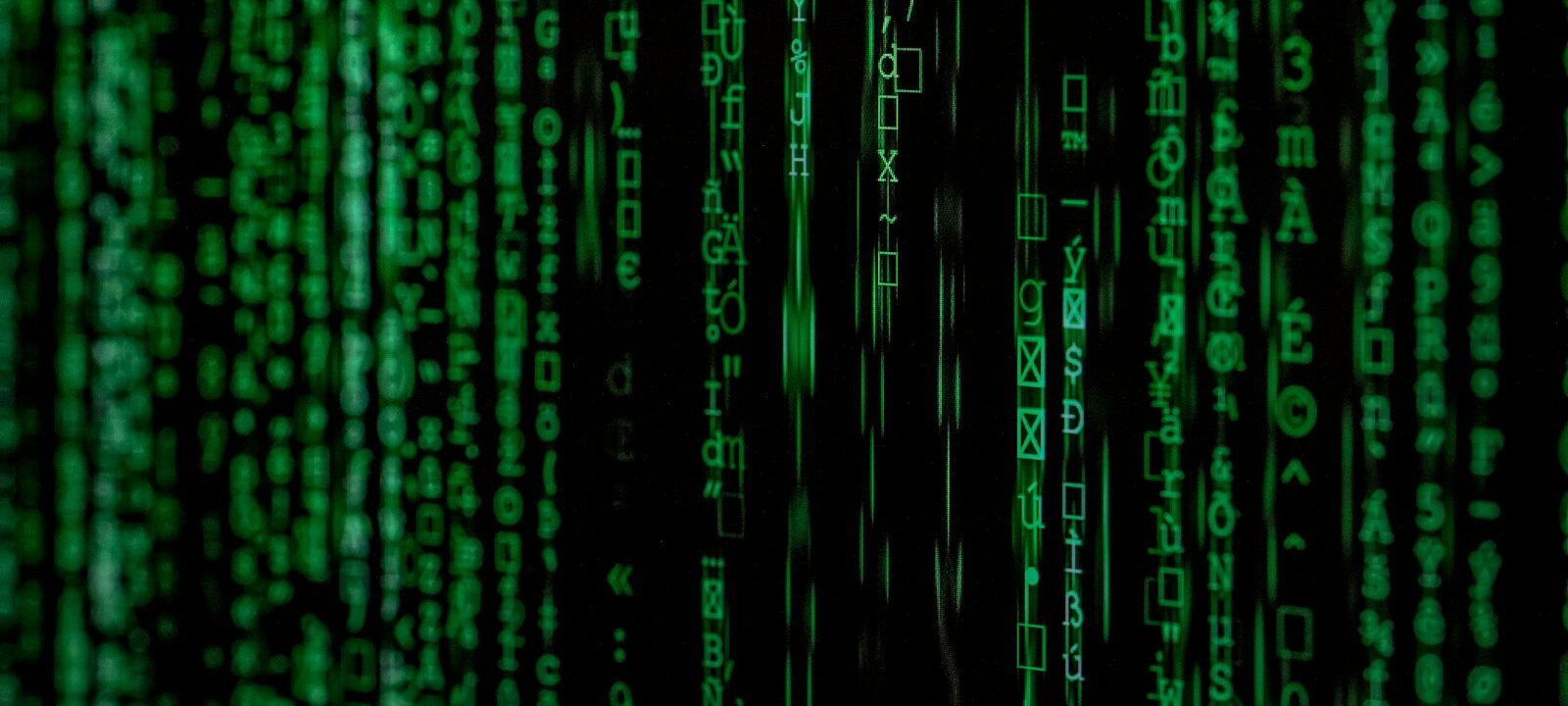Sensor data – actions with data
Increasing digitalization has also led to extensive data volumes in industrial plants, particularly through the recording of sensor data. This data is valuable – but how can it be used?
What makes this sensor data so valuable?
Historical sensor data allows us to extend our view from the present into the past and even into the future. We can:
- Carry out comparisons with the last month or year as indicators of performance
- Use artificial intelligence (AI) and machine learning to predict the future development of values such as district heating consumption over the next few hours
- Analyze problems that have occurred or recur subsequently, such as high emissions or failures
- Simulate possible solutions and scenarios, e.g. to simplify commissioning or run through control scenarios
- Monitor even difficult-to-measure and tangible values via concurrent model calculations
- Identify unused potential and possible savings
All this and more is possible – if the quality of the data is right.
So what constitutes good quality data?
The first and most important thing is, of course correctness: The more incorrect the values are, the more the correlations between the individual values are distorted. And the more the correlations are distorted, the more difficult it is to examine or model them in analyses. This is typically due to measurement errors. The most harmless variant are so-called outliers, i.e. individual values that can be immediately identified as incorrect and thus corrected. Long-lasting and variable measurement errors are considered bad because they are not easily recognizable.
Another important point is a certain completeness: apart from the fact that fewer available data points than possible is simply a pity, too many or too long temporal interruptions in the recordings make certain modeling or analyses difficult or even impossible. These interruptions are usually caused by data transmission problems.
Not to be underestimated: the processability of the data
Last but not least, the data should also be able to be processed automatically – processing large amounts of data manually is too time-consuming at best, but usually no longer possible. This means consistency in the data format, from date to number, and a file format that is as widely readable as possible, such as csv.
And finally, to make data really usable, it also needs its context: what and where is actually being measured? In which physical unit?
These prerequisites make many innovative solutions based on data possible, such as the use of soft sensors in our technological projects. Find out more about the benefits, specific use cases and projects in the webinar recording “Softsensors” from March 19, 2024.

